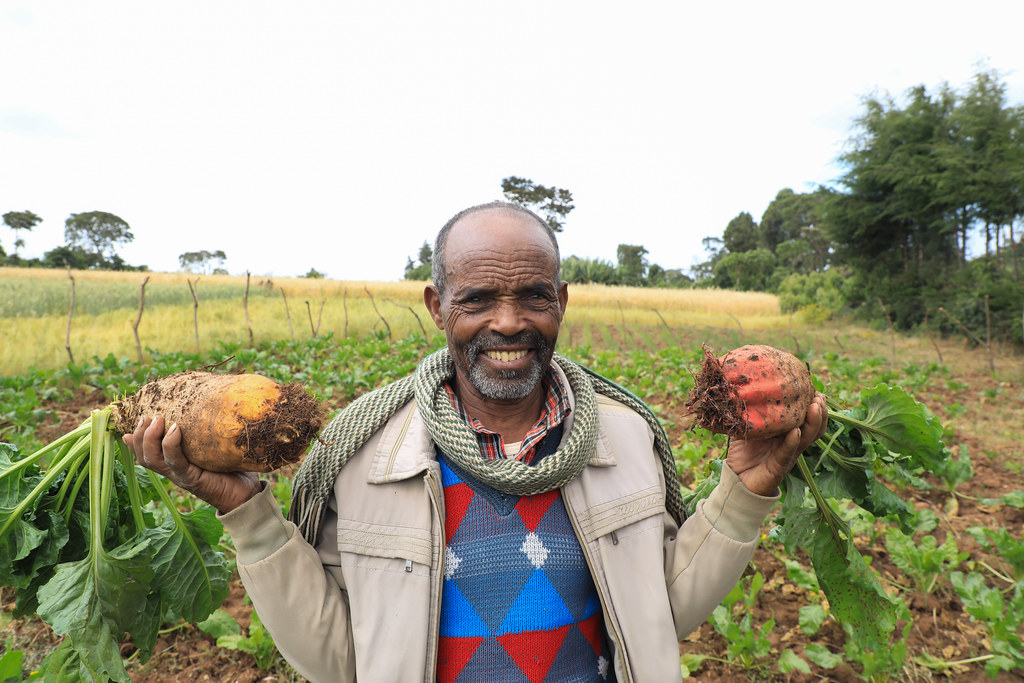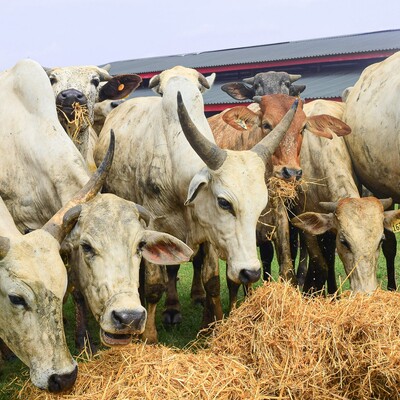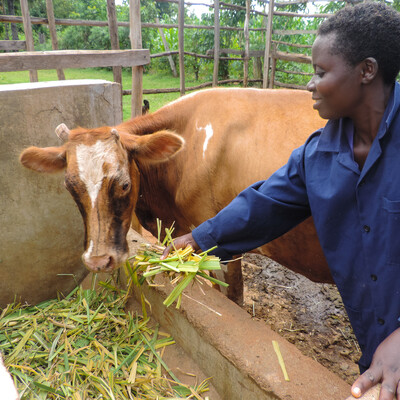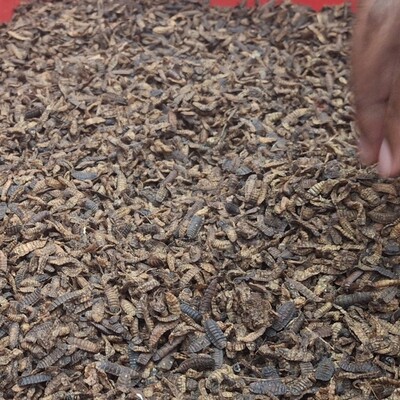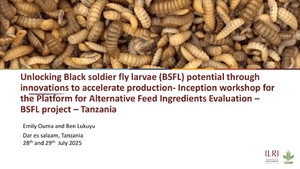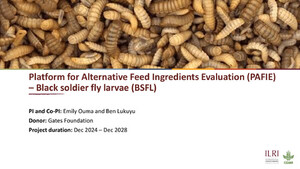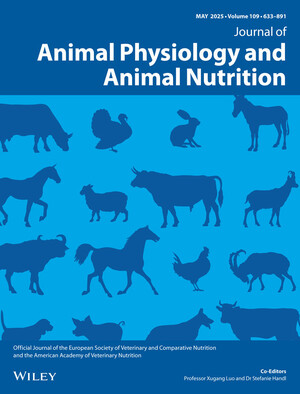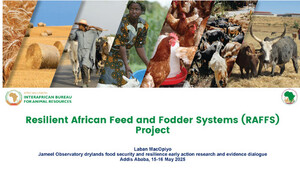
Bridging the livestock feed gap through improved feed and forage options
Ethiopia is known for its large livestock population. The livestock sector in Ethiopia contributes about 46% of the country’s agricultural GDP. Livestock is primarily kept on smallholdings where it provides draught power for crop production, manure for soil fertility and fuel, and serves as a source of family diet and income. However, the sector is not realizing its potential due to feed-, health- and breed-related challenges. Livestock feeds demand far outweighs the supply in many parts of the country.
Research and development efforts have been made by research institutions, extension, non-governmental organizations and private sector actors to address challenges related to shortages of improved forages, and their management and utilization. Some institutions have tried to introduce and demonstrate improved feed and forage innovations while others attempted to facilitate scaling of validated livestock feed and forage innovations.
This six-minute video describes the work of Africa RISING in four regions (Amhara, Tigray, Oromia and Southern Nations, Nationalities, and People’s) of Ethiopia mainly to introduce and demonstrate supplementation of fodder beet, desho grass, oat-vetch mixture and alfalfa to farmers to enhance animal nutrition and feeding.
These feed and forage technologies, which have been validated by Africa RISING, have improved feed resource availability and quality, and livestock productivity in households in the four regions. In addition, the project’s interventions have raised awareness of the importance of cultivated forages and improved farmers’ skills on how to grow them. In 2020 the number of land area assigned to grow feed and forages grew from 751.39 hectares in 2017 to 1,131.65 hectares by individual farmers on average. Currently, the project is still introducing and validating alternative feed and forages for different climatic and farm contexts. It has also been training farmers and extension officers to address capacity gaps.
For farmers like Assefa Abeyo in Lemo District, access to forage seeds allows farmers to try different improved forages and see what works best for them. ‘The fodder beet supplements are an excellent add-on for feeding my livestock. Now I have secured sufficient feed for my livestock throughout the year. This has significantly improved the living conditions of my family,’ says Assefa.
Farmer Assefa Abeyo showing his fodder beet produce in Lemo (photo credit: Apollo Habtamu/ILRI).
‘One of the bottlenecks to increasing livestock production in Ethiopia is the shortage of feed for different animal species. To address the shortage of livestock feed in the crop-livestock production system, it is important for farmers to integrate forage production in the farming system,’ explains Kindu Mekonnen, the project’s chief scientist. ‘Africa RISING is working towards addressing this challenge by fostering farmers to integrate forage crops cultivations and supporting the farming system with evidence-based research,’ he adds.
The African RISING project has been offering technical training and in-kind supports to smallholder farmers since 2013 to enhance the adoption of its validated feed and forage innovations that would narrow the feed demand and supply gaps.
Through participatory research for development efforts, several forage technologies have been validated and scaled from 2017 to 2020 to 99,892 farmers in the project sites and beyond in collaboration with development partners. Over 17.5% of the total beneficiaries from scaling these forage technologies were women farmers.






